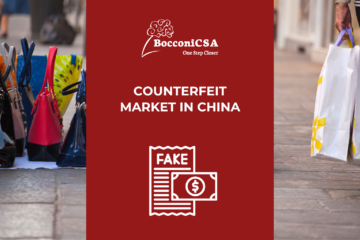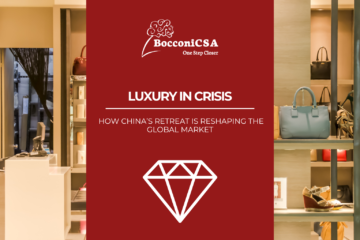Author: Riccardo Cantadori
One of the leading themes running through 2021 for the Chinese luxury market is the rise of a new generation of consumers.
In the recently released “2021 Tencent x BCG (Boston Consulting Group) China Digital Luxury Report”, the companies jointly stated the luxury market in China is forecasted to reach a size of ¥630 billion (almost $100 billion) by 2022, a growth of at least 40% compared to 2020.
Yet, to preserve this growth momentum, luxury brands must intercept some of the new consumer needs and behaviours which have been spawned by the happening big demographic shift.
One out of two luxury buyers is, indeed, accounted by consumers born in the decade 1990-2000.
Almost half of the heavy-spending consumers – spending more than ¥300 thousand ($47 thousand) annually – belong to the post-90s generation. This segment constitutes only 11% of the total buyers (5% of whom were born before 1990 and 6% after) but contributes 40% of total sales.
It is easily understandable why luxury conglomerates are now implementing strategies to appeal to the younger audience. The report reveals that in 2021, 31% of purchases were made completely online: the maturation of the e-commerce environment has enabled luxury brands to expand their digital presence, but how did they do it?
The famous Italian brand GUCCI is adopting a social campaign to strategically reinvent a young brand image and maximize brand exposure among the post-90s generation.
In 2020, Gucci was the first to launch WeChat red packet-based social marketing and throughout 2021, it optimized the campaign by fully exploiting the potential of the Chinese digital ecosystem – significantly different from the Western one.
In conclusion, penetrating the Chinese luxury market depends on three critical factors:
- Realizing the uniqueness of China’s digital ecosystem.
- Implementing data-driven marketing innovation to maximize the marketing efficiency and consumer experience based on consumer insights.
- Remaining “consumer-centric” and constantly evolving by adapting to changes in customer requests.

